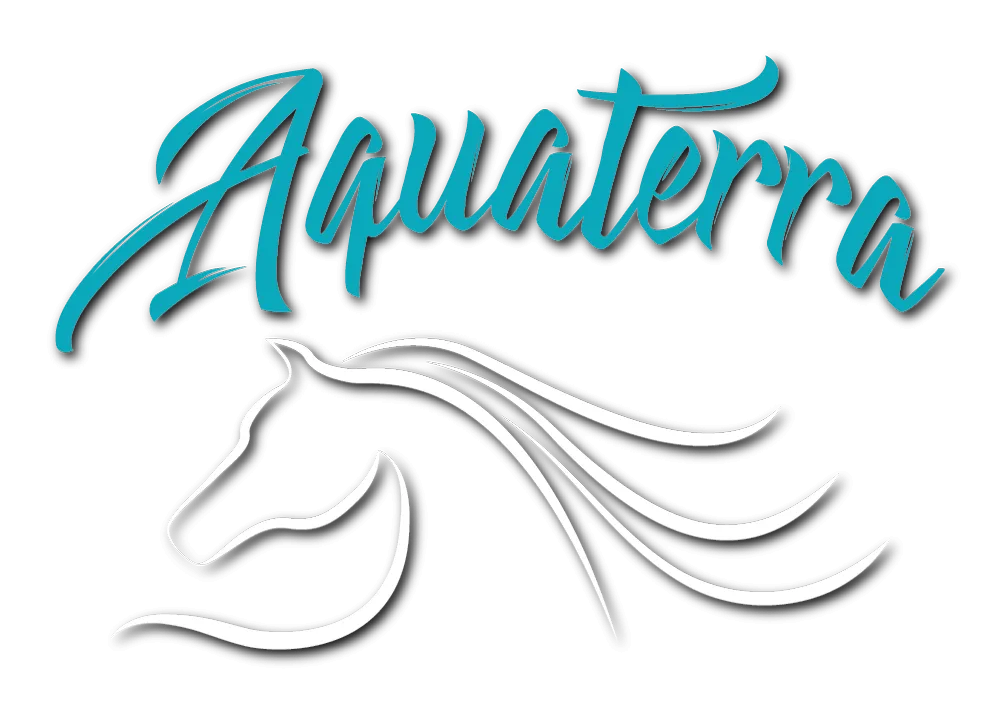Bucked shins is the common name for very small fractures on the front part (periosteum) of a horse’s cannon bones. These bones are on the lower part of the leg, and run between the knee and the fetlock joint below. Symptoms of Bucked Shins Bucked shins are more common in 2- to 3-year-old Thoroughbreds
Read more-
Bucked Shins
Category: Equine, Pet Health, Orthopedics
-
Angular Limb Deformities
Category: Equine, Pet Health, Orthopedics
Many young foals have crooked hind or front legs. Lax ligaments and weak muscles usually cause this discrepancy between legs, which is often self-correcting as the horse grows. However, this deviation makes the young horses more likely to crush the cuboidal bones during exercise. If this happens, once
Read more -
Arthritis in Horses
Category: Equine, Pet Health, Orthopedics
Arthritis is one of the most common conditions causing lameness in older horses; in fact, arthritis is responsible for up to 60 percent of all lameness. Arthritis can affect the knee, joint, fetlock, coffin and hock. Arthritis that affects the pastern is also known as “ringbone.” Arthritis is the
Read more -
Ringbone
Category: Equine, Pet Health, Orthopedics
Ringbone is a lameness condition that affects the pastern and coffin joints in horses. This is a degenerative disease that continues to worsen over time. The right treatment and ongoing management, though, can slow the progression of the condition. Types of Ringbone Ringbone causes an enlargement around
Read more -
Limb Conditions
Category: Equine, Pet Health, Orthopedics
Several disorders can affect the hindlimbs, forelimbs or hooves of horses. Some of these can lead to lameness or changes in gait. Hindlimb Conditions in Horses Stringhalt is a condition that causes the horse to jerk or hop, with the hind legs pulled up high before taking the next step. This results
Read more -
Ligament and Tendon Injuries
Category: Equine, Pet Health, Orthopedics
Ligaments and tendons are important parts of the musculoskeletal system, which also includes the muscles and bones. Together, all these components provide support for the body and enable the horse to move and exercise. Tendons are very tough bands of connective tissue that connect muscles to bone. Tendons
Read more -
Fractures
Category: Equine, Pet Health, Orthopedics
Fractures, or breaks, can potentially occur in any bone in a horse’s body. Some types of fractures, however, are more common, especially among very athletic horses, such as racehorses. Causes of Fractures Fractures fall into several categories: An incomplete fracture (also known a “green stick,”
Read more
Contact Us
Our Location
Hours of Operation
Monday:
8:00 AM-5:00 PM
Tuesday:
8:00 AM-5:00 PM
Wednesday:
8:00 AM-5:00 PM
Thursday:
8:00 AM-5:00 PM
Friday:
8:00 AM-5:00 PM
Saturday:
8:00 AM-1:00 PM
Sunday:
Closed
